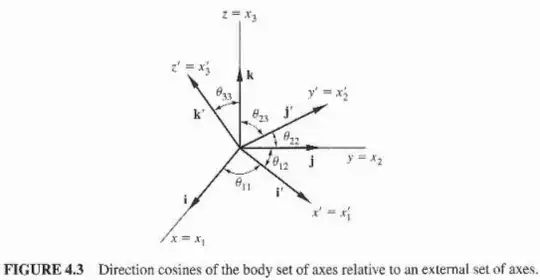In section 7.2, about the Lorentz transformations, the H. Goldstein book states that given two inertial frames with a relative velocity $\textbf{v}$, the Lorentz transformation associated is given by the matrix $\textbf{L}$, where this matrix is said to be a proper transformation (see the subsection "Proper transformations" of the "Mathematical formulation" in the Wikipedia page for the explicit expression of $\textbf{L}$).
In the next page, however, it also states that the most general Lorentz transformation is given by the product $\textbf{RL}$ where $\textbf{R}$ is a rotation matrix.
What does this matrix represent? I guess it's a change of basis, but I am not quite sure.
